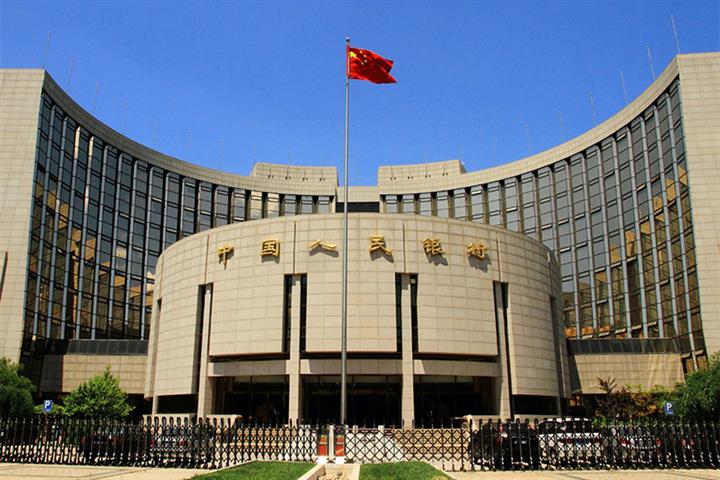 China's New RRR Cut to Help Small Firms Without Property, Forex Rate Risks, Expert Says
China's New RRR Cut to Help Small Firms Without Property, Forex Rate Risks, Expert Says(Yicai Global) July 12 -- China's upcoming reserve requirement ratio cut on July 15 should improve small and micro enterprises' financial conditions without majorly affecting the property sector, stock markets, and foreign exchange rates, according to an industry insider.
Funds cannot directly be channeled into the real estate market through the RRR decrease, Lian Ping, chief economist at Zhixin Investment, said to Yicai Global.
Moreover, a single cut should not significantly affect the forex market, said Lian. The yuan's exchange rate is underpinned by the economy, and interest rates are still higher in comparison to the US, he added.
Slashing RRR
On July 9, the People's Bank of China said it will lower the reserve requirement ratio for financial institutions by 0.5 percentage points on July 15. That across-the-board move should release about CNY1 trillion (USD154.3 billion) in long-term funds, according to the PBOC. Financial institutions' weighted average RRR stood at 8.9 percent before this.
Prior to the latest announcement, the previous RRR cut was revealed in April 2020. The PBOC targeted small and mid-sized banks with its 0.5 percentage point reduction then.
All financial intuitions, except for some of the county-level corporate financial institutions that use a 5-percent RRR, can adopt the new policy, said a PBOC official in the latest release.
Raw Material Price Hikes
The support should be welcomed by companies that are dealing with soaring raw material prices. Some small and micro firms are facing difficulties as commodity prices have been surging this year, the central bank said on July 9.
The producer price index has already reached its highest point in 2021 as the pace of increasing raw material prices around the world is slowing and China is introducing policies to guarantee supply and stabilize pricing, said Wen Bin, chief researcher at China Minsheng Bank.
The PPI may drop in the second half of this year, said Wen. But rising oil prices abroad may bring forth inflation, he added.
Targeted Measures
China doesn't resort to flood-like stimulus but adopts targeted measures to enhance support for small and micro firms to adhere to stable and effective monetary policy, said the PBOC.
The broad move is an example of conventional liquidity operations after the monetary policy came back to normal, the central bank's newspaper Financial News reported, citing committee member Wang Yiming. "It doesn't mean a change in orientation of a prudent monetary policy, " he added.
Stock Markets
History proves China's stock markets are not closely following interest rate reductions. The two mainland stock markets closed higher the next day and even five days after about half of the times when new broad RRR cuts were announced since 2011.
In the medium to long run, funds that could flow into the capital markets should increase via the RRR cut as the policy change is a psychological gesture of support, said Lian at Zhixin Investment.
Editors: Liao Shumin, Emmi Laine, Xiao Yi